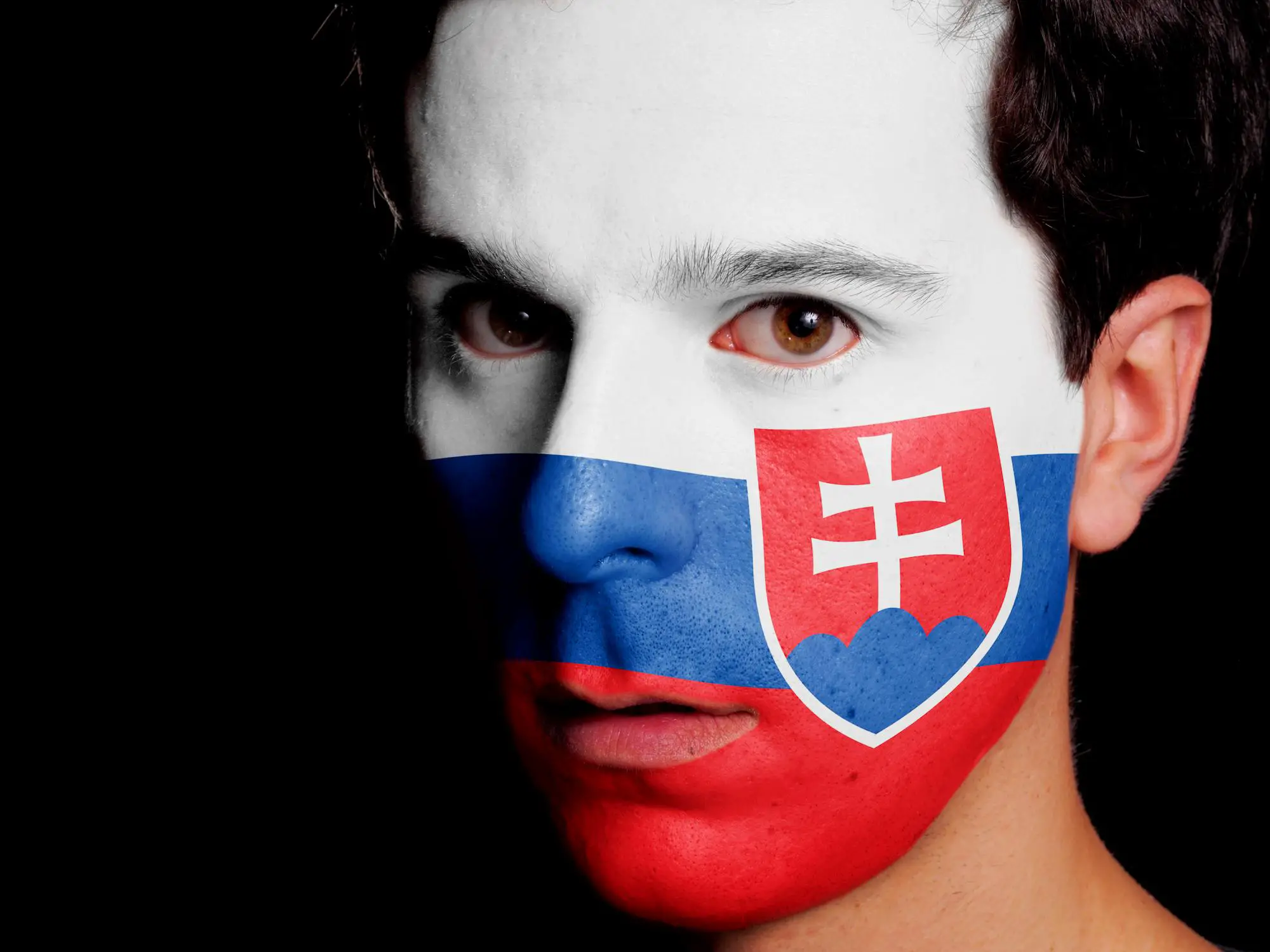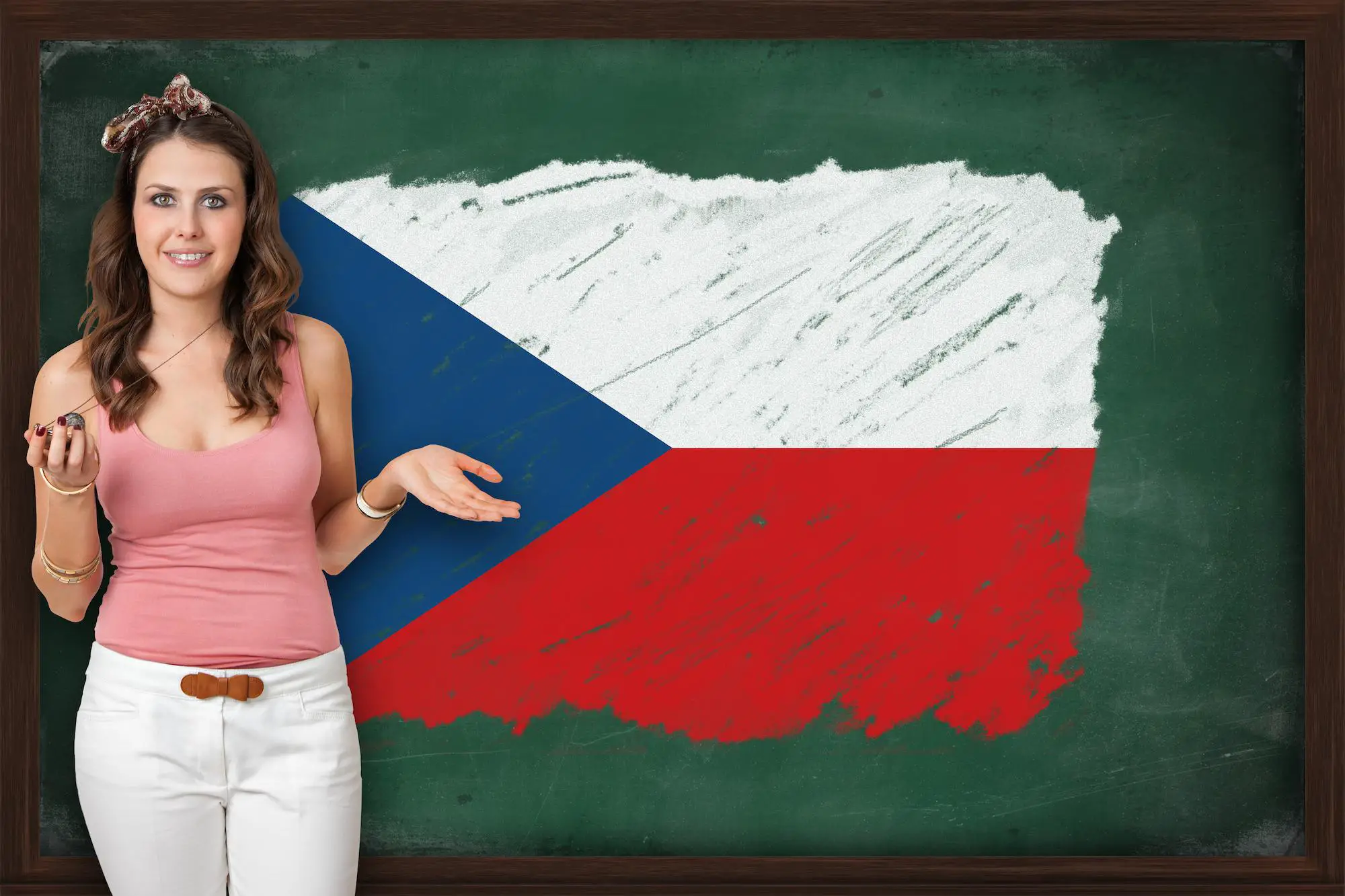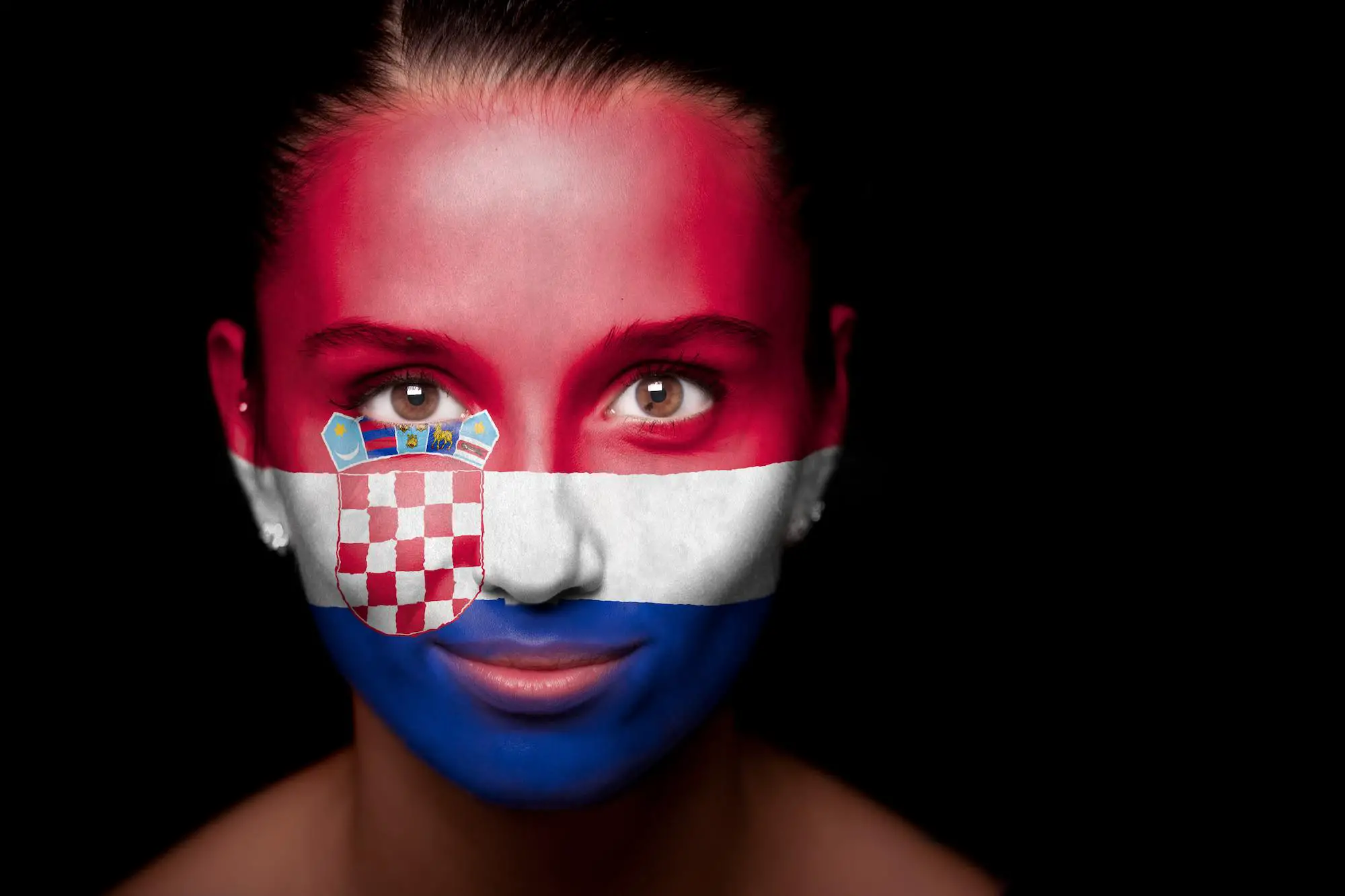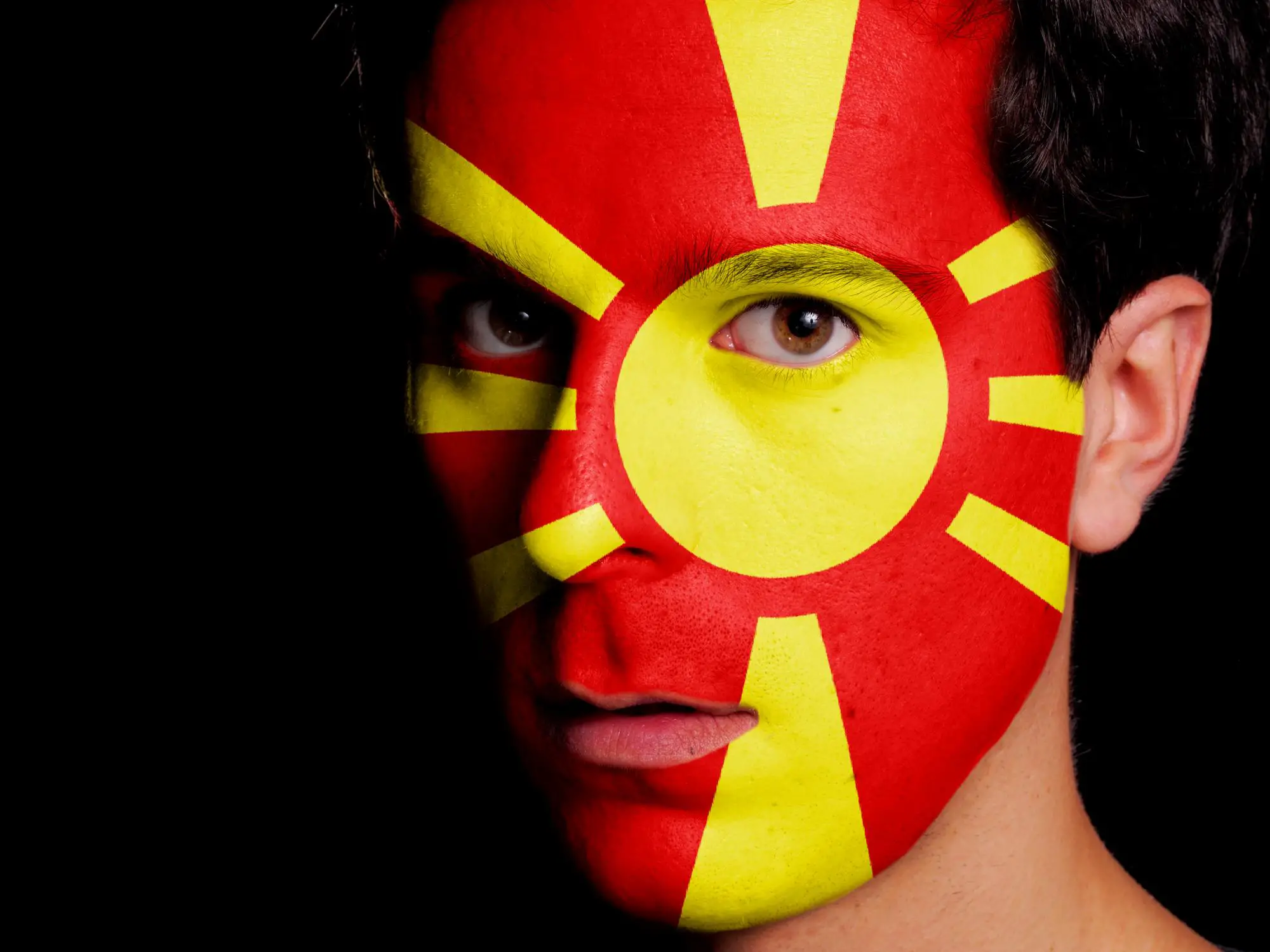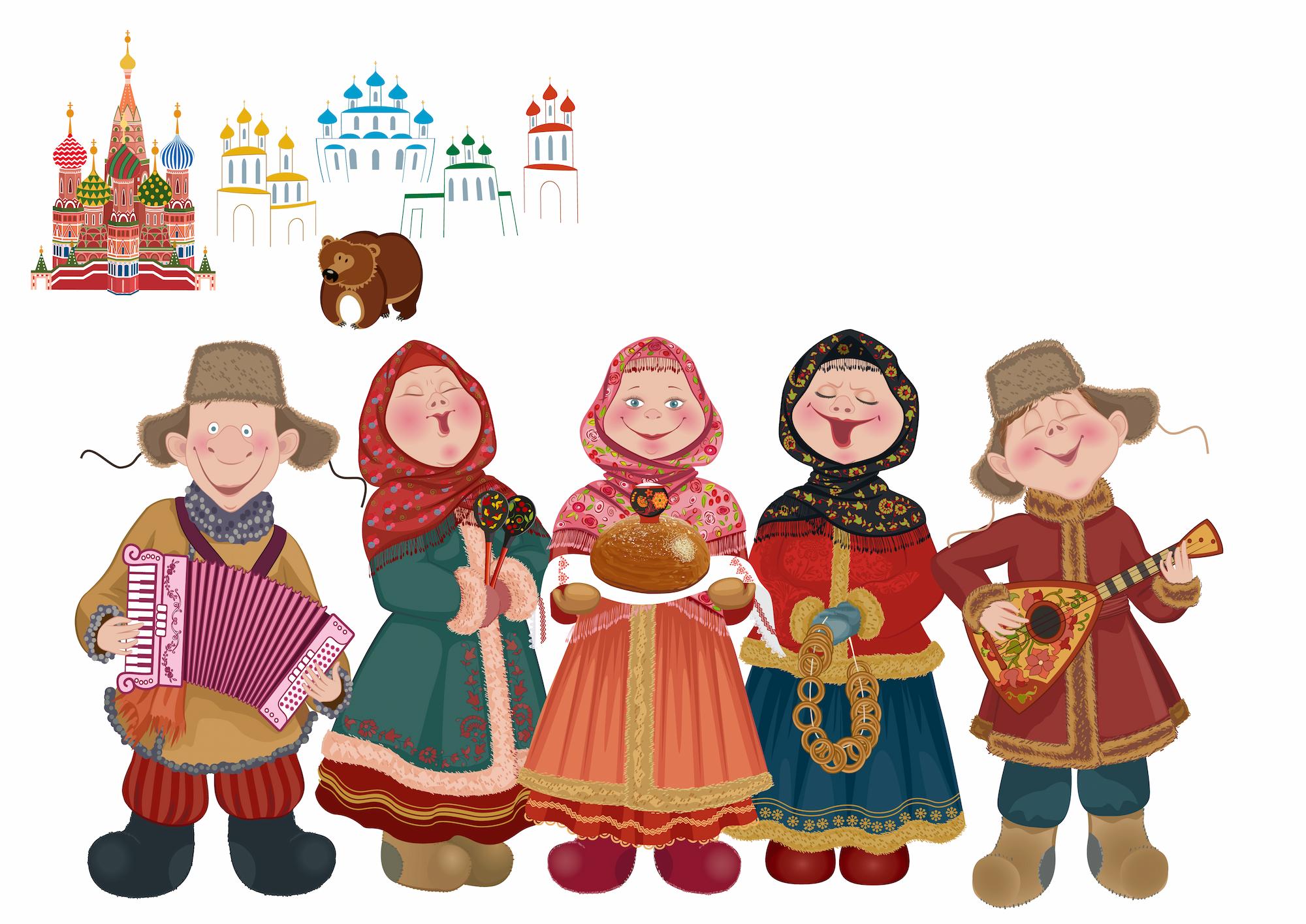There are many people who don’t even know if North Macedonia is a country or just a name for a salad. So the first fascinating fact for them might be that North Macedonia is a sovereign country, in the heart of the Balkan Peninsula, and it used to be one of the constituent republics that made up Yugoslavia.
It is a landlocked country bordered by Greece, Albania, Montenegro, Serbia, and Bulgaria. If you plan on visiting Macedonia, check out our article on the top things to do in Macedonia.
Table of Contents
Top Facts About Macedonia
1. The Only Yugoslav Republic That Separated Peacefully
Regarding Yugoslavia, the first interesting fact about North Macedonia would be that it was the only republic that left Yugoslavia peacefully in the midst of the Yugoslav wars which ended with 140,000 casualties, and with the country’s breakup and formation of successor independent countries.
The separation from Yugoslavia meant not only independence for North Macedonia, but also a transition from a nearly 60-year-long socialist regime to capitalism.
2. World Famous Personalities Were Born in North Macedonia
Another interesting fact is that on the territory of North Macedonia was born one of the greatest conquerors of the world, Alexander the Great, who wanted to reach and conquer all the land there is, as far as the end of the world [1].
He ruled during the 3rd century B.C. and his empire extended through Greece, Persia, Egypt, and India.
Another world-famous person who was born in North Macedonia is Mother Teresa of Calcutta. She was born in 1910 in Skopje, now the capital of North Macedonia.
3. The Old and Mystical Ohrid Lake
There is the Ohrid Lake which is one of the oldest lakes in the world and one of the deepest in Europe. It is estimated that it was formed around four million years ago, while its maximum depth is 940ft.
There are also over 200 endemic species of fauna and flora living in the lake, therefore, it was declared a World Heritage site by UNESCO in 1979. And not only the lake but also the city of Ohrid are counted as both cultural and natural inclusions, one of only 28 sites around the world that are marked as both.
4. The Temples of Ohrid
The city of Ohrid used to have 365 churches – one for each day of the year. Many of those churches served as literary schools. Through the years many of them were ruined, and some transformed into mosques during the Ottoman Empire.
Today, there are far fewer Orthodox temples but they all have a lot of history and are built at beautiful sites, attracting thousands of tourists.
5. It Is High
North Macedonia has the fifth highest average elevation among the countries in Europe, just behind Andorra, Switzerland, Austria, and Turkey.
The country has more than 50 lakes and 34 mountains higher than 6561ft. And many of those are still undiscovered by people. Except by some enthusiastic hikers, mountaineers, and climbers.
High there in the wilderness, there are a lot of springs, waterfalls, caves, and underground lakes that are still being discovered by explorers.
6. One of the Oldest Observatories in the World
Kokino Observatory dates back to the 19th century BC and it is one of the oldest astronomical observatories in the World along with Stonehenge in Great Britain, Angkor Wat in Cambodia, and Newgrange in Ireland (and a few more).
Kokino contains a megalithic observatory and sacred site which was discovered in 2001. The site was mentioned in a NASA poster “Sun-Earth Connection Education Forum” in 2005.
7. The Colorful Mosque
There are many mosques in North Macedonia, built during the 500-year-long ruling of the Ottoman Empire.
There is a particular one, the multi-colored Painted Mosque, which was built in 1495, and which stands as one of the most magnificent examples of the Islamic architecture in the world.
It is very unusual as it steps away from the ceramic tile decorations which are typical for the Ottoman architecture, and has bright floral paintings instead.
8. The Pagan Carnival of Vevcani
The village of Vevcani pronounced itself as a separate Republic, and they have their own passports. It has nothing to do with politics or history, it is mostly a joke, for the people of the village to show off their love for the place.
The village is mostly famous for its annual carnival that begins on January 12, and lasts for two days. The carnival has existed for over 1400 years and it still resembles pagan rituals that call upon the Gods for a fertile land, good weather, enough water, and a lot of food throughout the year.
The carnival is a unique experience followed with a lot of music, dances, people, masks, and alcohol.
9. Ohrid Summer Festival
It might seem like everything happens in Ohrid but it is not exactly like that. It is just that, Ohrid has it all in one place and has developed as a tourist center, so a lot of events take place there.
For example, each summer, since 1961, on the 12th of July, begins the Ohrid Summer Festival and lasts for 40 days. It is a festival for classical music, opera, ballet, theatre, and art. So, the beautiful ancient sites by the lake are filled with artists throughout most of the summer.
Some of the world’s most renowned such as Ennio Morricone, Zubin Mehta, Grigory Sokolov, Jessye Norman, and many others have performed there.
10. The Brutalist Architecture of Skopje
Skopje has a few futuristic buildings that stand off among all socialist and modern ones. They were built along with many other buildings after the devastating earthquake that ruined the city in 1963.
All the city had to be rebuilt very fast because most of the people were living in tents and shelters after their homes disappeared.
The original plan for Skopje was made by the Japanese architect Kenzo Tange and was supposed to be the first experimental futuristic city. Unfortunately, his project was never finished, but few of his architectural visions were built and they are magnificent.
The main three are the buildings of the Post Office, the student dormitory “Goce Delcev”, and the Faculty of Philosophy.
11. Name Change
The country has officially changed its name from Macedonia to North Macedonia in 2019 because of a historical and political dispute with Greece over the name. Changing the name was a condition for Greece to remove the veto it had on Macedonia’s entrance into the European Union [2].
All in all, Macedonia or North Macedonia is a very interesting and exciting place to discover. From an ancient observatory, through mountains, to a 40-day-long festival. Plus, not to mention the delicious cuisine.
Related post








